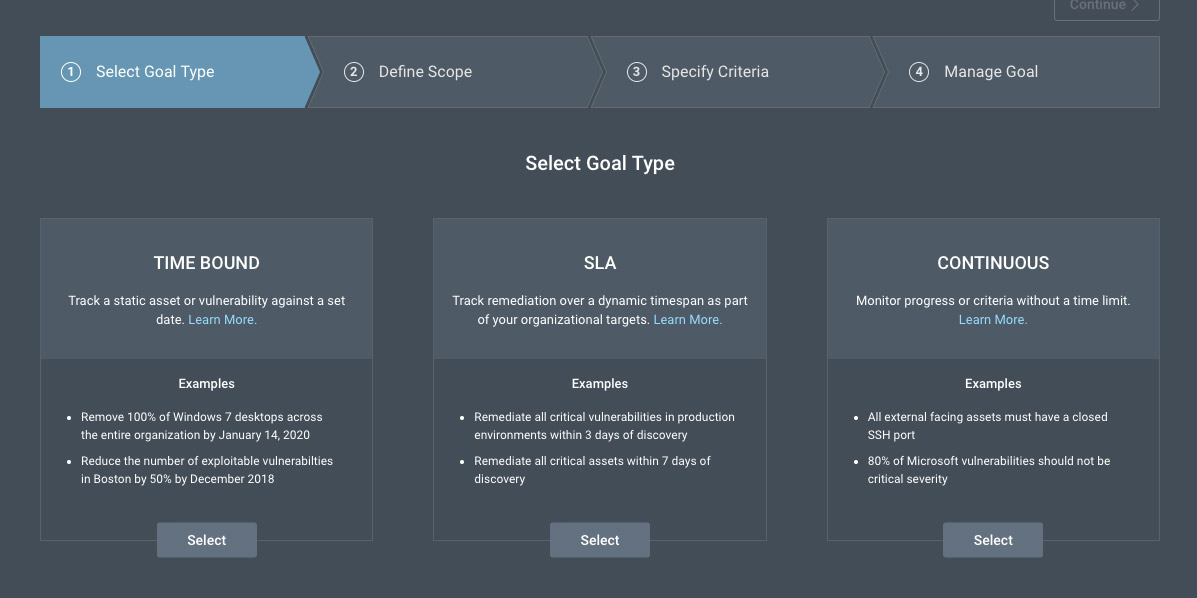Last updated at Mon, 10 Feb 2025 19:17:18 GMT
Security is a multi-faceted responsibility. First, you need visibility into vulnerabilities across your organization. Then, you need to ensure that various stakeholders in the organization have visibility into the goals, objectives, and impact of security initiatives.
Unfortunately, you can’t have one without the other. That is to say, if there is limited visibility, there is limited understanding of risk, which can have a major impact on securing budget, resources, and confidence. In this post, we’ll discuss how visibility impacts each of these areas and how you can increase visibility and communication across the organization to improve your team’s reputation and available resources.
Lack of security visibility leads to lack of trust and collaboration
As they say, you can’t measure what you can’t see. And if you can’t see or measure it, you can’t communicate it. So, if you are trying to influence the IT or development teams to help you remediate what you consider high-risk vulnerabilities, for example, you can’t build your case without visibility and a clear understanding of the risk.
Without your own clarity, it’s next to impossible for other teams to see the importance of security and prioritizing security tasks over IT tasks. It also paints the security department in a bad light if the rest of the company can’t see the progress being made.
Lack of security visibility can reduce your security budget
When it comes to gaining leadership buy-in and budget, visibility and data are key. But if leadership can’t see the value that security brings to the company, they won’t want to (or be able to) invest in its future. That is to say, if there isn’t clear-cut data showing the impact various security initiatives have on the organization, it’s next to impossible for stakeholders to have faith.
It’s hard to make an argument for why security risk should be prioritized over things like system uptime if you don’t have data that explains, for example, how a high-priority vulnerability in your network is making you vulnerable to a serious breach.
How to increase security visibility
If visibility is crucial to the health and longevity of your security department, let’s dig into how to achieve it. First, your security team needs to have confidence in the data from scan results of your vulnerability management solution. This means false positives need to be low and accuracy high.
Once you have accurate data, you can showcase it to various stakeholders in the organization. But how? Your VRM solution should have dashboards that can provide different stakeholders with different views into security risks based on what they care about. For example, a CISO may want to see a trend analysis of improvements made over time to understand the value-add of vulnerability risk management to the overall security program, and if the investment is returning any value.
Your security team may have its own operational questions, such as whether scans are actually running the way they should be. Another stakeholder is the remediation team. They need visibility into the risks that exist and the steps necessary to remediate that risk. VRM solutions like InsightVM can show you this.
By having different ways to slice and dice data from a VRM dashboard based on the stakeholder, it ensures everyone has visibility and gives you the confidence to ask for buy-in and budget.
Sharing data with stakeholders
Providing insight, reports, and data with stakeholders can be done in two primary ways: through a live dashboard or a static report. You should be able to provide access to the data in the format your stakeholders prefer. Not only is the data itself important for them to see, but many stakeholders, especially the ones responsible for remediation, need to also know the exact steps to reduce the risk. With this laid out, it can improve collaboration and communication between teams and can increase the time-to-respond.
InsightVM offers role-based access controls that can provide the appropriate dashboard views to each stakeholder. This enables them to gain visibility whenever they need it, accelerating decision-making and speeding up communication. InsightVM also has Goals and SLAs, which help you to easily align your organization’s KPIs (key performance indicators) to security-specific goals so they can be measured in parallel. This helps streamline communication with the executive team by showing how specific security initiatives are helping the company progress towards an important KPI.

With visibility, not only are you confident your initiatives are measurably reducing risk, but you can more effectively get leadership buy-in with the right data to support your program.
